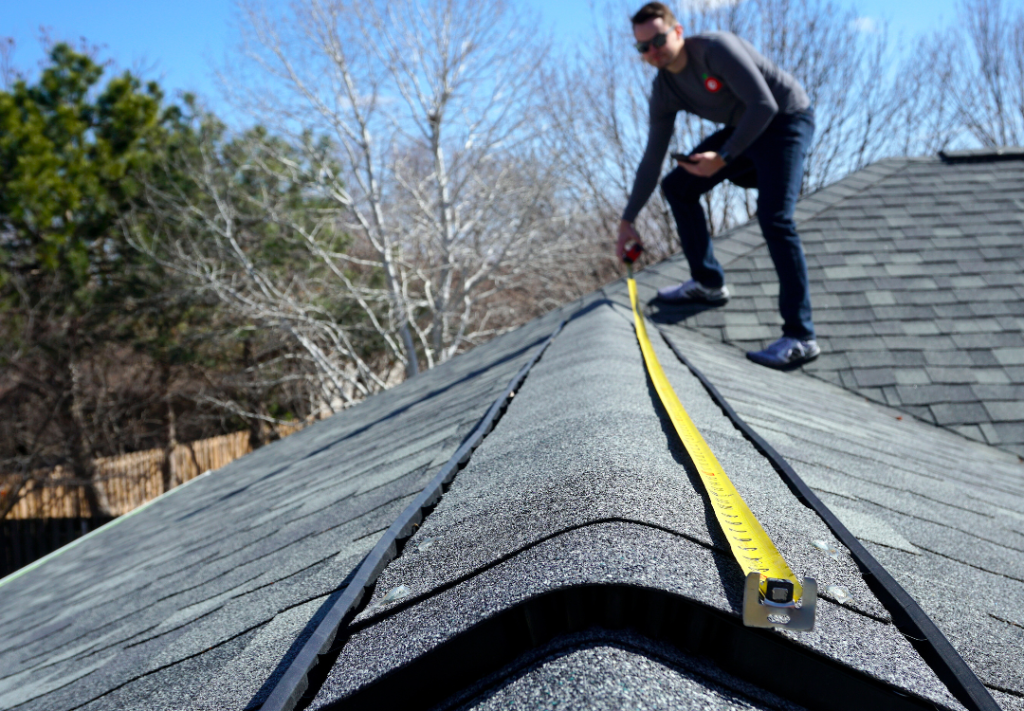As a property owner, one of the most important but often overlooked aspects of home or commercial building maintenance is regular roof inspections. Whether you own a residential property or a commercial space, maintaining your roof is vital for protecting the interior and ensuring that your building’s structure remains sound. According to recent reports, around 30% of homeowners neglect regular roof inspections, which could lead to costly damages in the future. In this blog, we’ll explore why regular roof inspections are essential in 2025 and how they can save you money in the long run.
The Importance of Roof Inspections
Roof inspections are more than just a way to check for visible damage; they are about proactively maintaining your roof’s integrity and identifying potential problems before they become major issues. According to the National Roofing Contractors Association (NRCA), more than 50% of roofing issues start as minor problems that are often undetected without proper inspections.
Detect Small Issues Early: Routine roof inspections help detect small issues such as cracked shingles, water stains, or even minor leaks. If left unaddressed, these issues can escalate and cause expensive damage to your property. A minor leak, for example, can lead to mold growth, structural damage, or even a full roof replacement.
Prolong Roof Lifespan: A well-maintained roof can last much longer than one that is neglected. On average, a properly maintained roof can last between 20 to 25 years, while a poorly maintained roof may need replacing within 15 years. Regular inspections allow you to extend the life of your roof and delay costly replacements.
Ensure Proper Insurance Coverage: Roof inspections also provide documentation for insurance purposes. If your property is damaged due to weather, having recent inspection records can help ensure that you get the appropriate compensation for repairs.
Statistics That Prove the Value of Roof Inspections
According to a study by HomeAdvisor, homeowners who invest in annual roof inspections can reduce roof repair costs by up to 70%.
The National Roofing Contractors Association (NRCA) reports that roofs with regular inspections experience 50% fewer issues compared to those without.
A 2023 survey by the Roofing Contractors Association found that 40% of homeowners who didn’t inspect their roof annually faced unexpected, expensive repairs due to neglect.
How Often Should You Schedule Roof Inspections?
For residential properties, it’s recommended to schedule roof inspections at least once a year, ideally in the spring or fall. If you live in an area with extreme weather conditions, such as heavy rain, snow, or high winds, more frequent inspections (every six months) are advised.
For commercial properties, inspections should be more frequent due to the larger surface area and complexity of the roofing system. Commercial roofs may need inspections every 6 to 12 months, depending on the materials and environmental factors.
Conclusion
Regular roof inspections are not only essential for protecting your investment, but they also save you money in the long run. By detecting minor issues early, extending the lifespan of your roof, and ensuring proper insurance coverage, roof inspections provide long-term value. As we move further into 2025, prioritize your roof and schedule an inspection with a professional contractor to safeguard your property.
Suggestions
Hire a Professional Roofing Contractor: While DIY roof inspections can help spot obvious issues, hiring a professional contractor ensures that no potential problems are overlooked.
Keep Documentation: Maintain records of all inspections and repairs for insurance purposes and future reference.
Prioritize Preventative Maintenance: Small investments in roof inspections and maintenance today can help you avoid large, costly repairs tomorrow.

